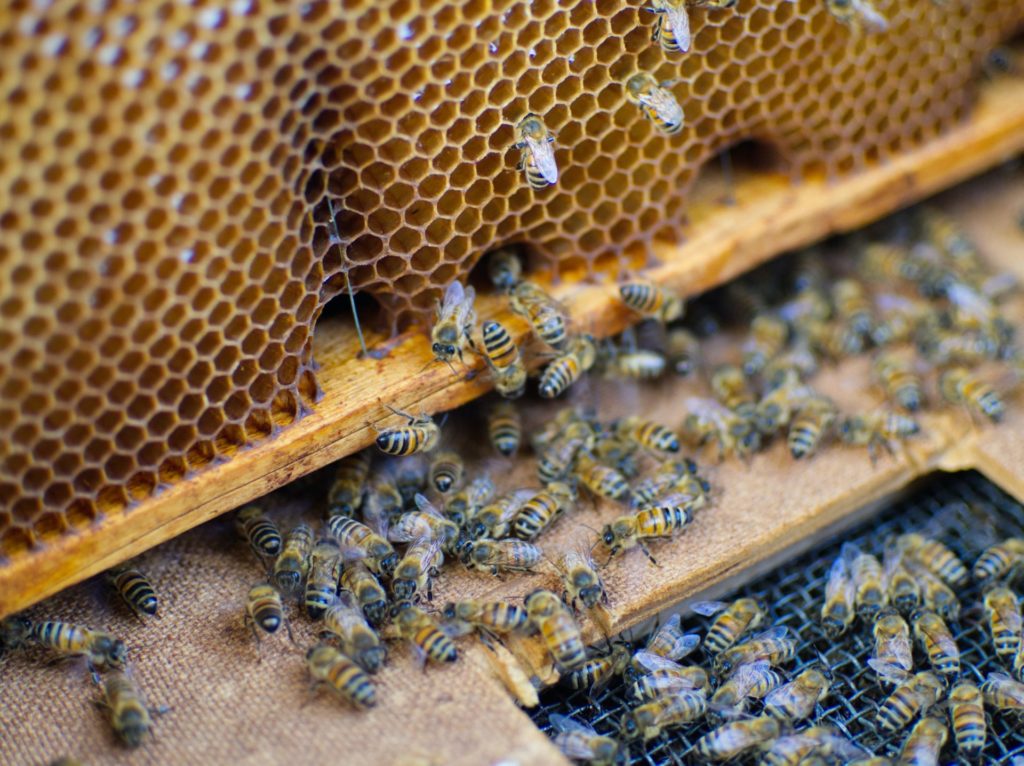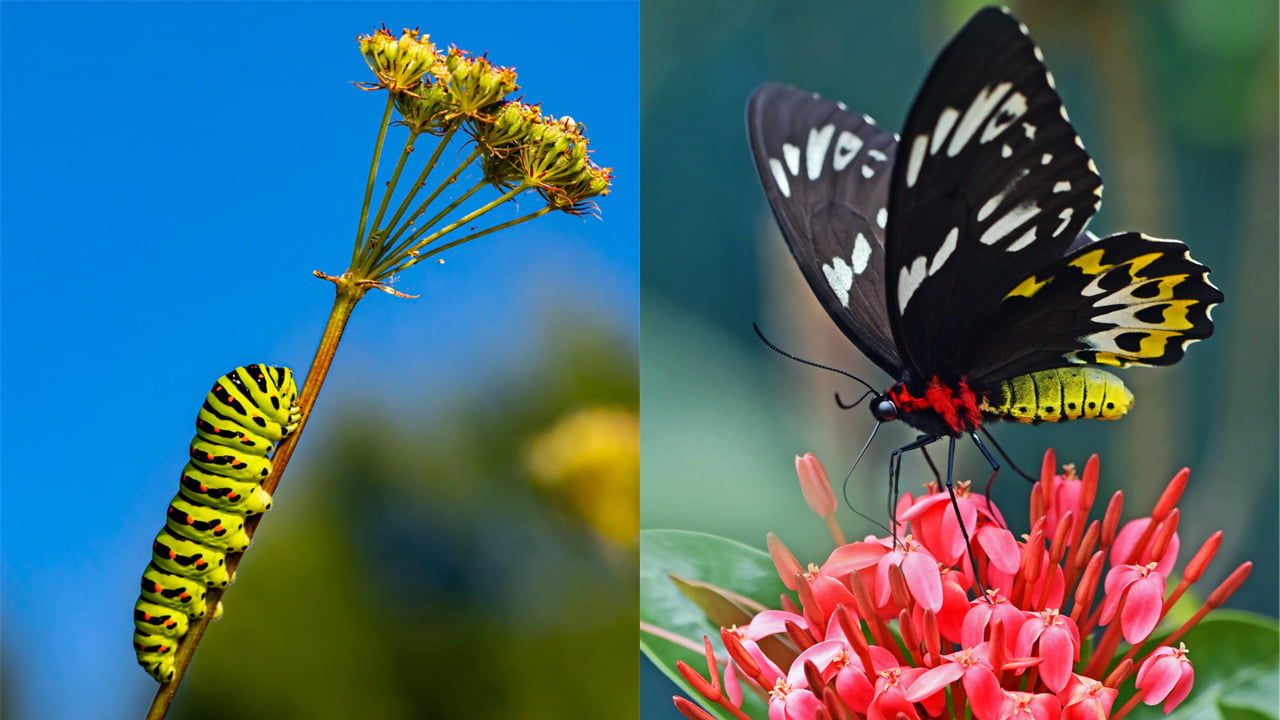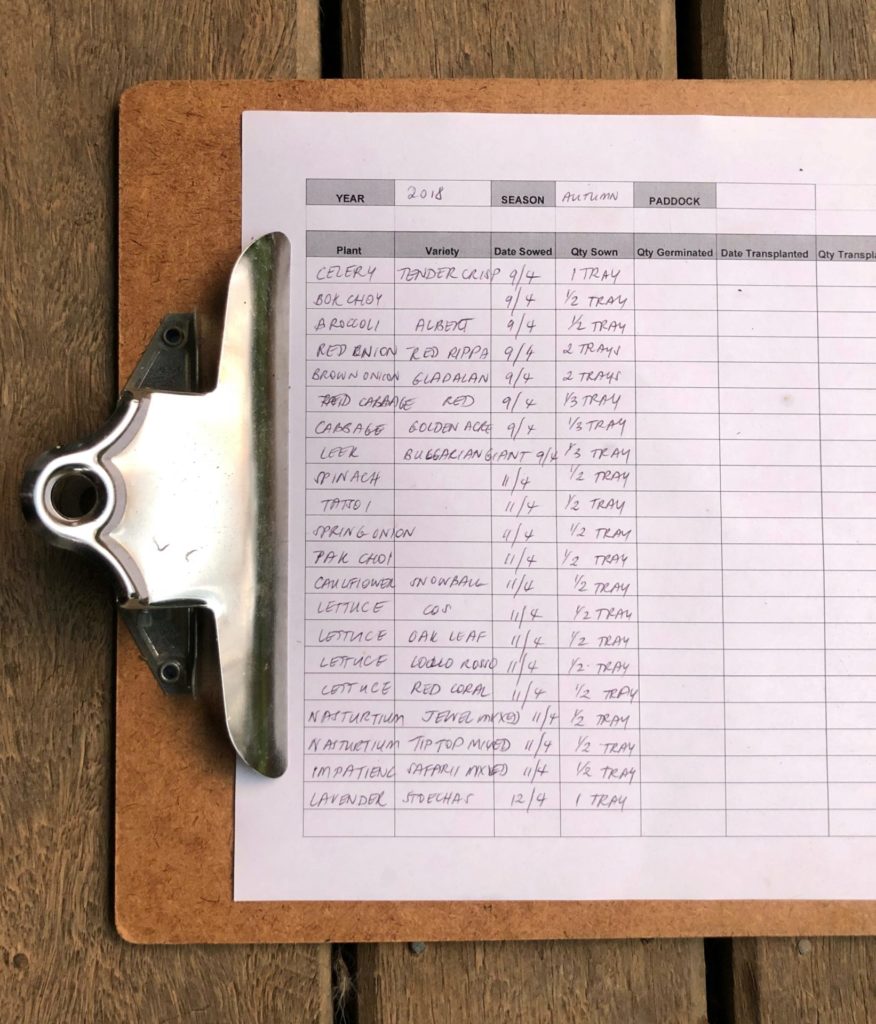Gemmo is versatile and works with various companies, startups, and small- and medium-sized businesses to visualise and meet their AI needs. We are not only in the industry of implementing AI in Retail and Manufacturing, but also in Food Tech – or AgriTech as its known.
Perhaps many of you out there are a start-up company, a small business, or medium-sized company that is unfamiliar with AI and what it can do for your company. Perhaps you don’t even know where to start or you don’t know the full potential of AI. This article will give you insights into how many farming companies are exactly where you are today and how you can visualise a solution–a solution that includes quality control and a boost in productivity in insect farming.
First, each agricultural business needs to ask themselves, what are your AI technology needs, and how can AI bring value to your company’s farming or vertical insect farming goals by increasing productivity? Secondly, you need to have a solution that is solvable with AI.
AgriTech Needs:

Perhaps your company uses specific techniques within each step of your insect farming process and you are looking for AI to create and implement an algorithm that detects the patterns and behaviours of your insects.
Perhaps you want the AI not only to monitor to behaviours of your insects, but you also want AI to complete an action or a task when said behaviour is recorded. For example, putting your insects to sleep, releasing pheromones to encourage mating, or some such other idea or example that boosts insect activity, behaviour, or reproduction.
Instead of having someone manually monitor each insect farm or container and manually feed the insects whatever nutrients they need, you can have the AI take on this action of knowing what mixture of food or chemicals to give to the insects. This cuts down resource time of employees having to manual monitor and manually give these doses out to the insect containers.
AI Goal & Business Outcome:
You need to know your goals and business outcome. Is the goal to achieve a higher volume of insects, larvae, eggs, or something else? Is your goal to determine how long is the life cycle of the insect? Or is your goal to maximise their life cycle? Is your goal to determine how long until insects will mate after they have hatched? Is your goal to change the temperature of the containers to increase activity or productivity of the insects?
It can be a plethora of things, but be sure you know which goals you want your insect farming company to accomplish and achieve. AI algorithms can be built to test and assess many caveats and behaviours of insects, and AI algorithms can take action and apply nutrients or mixtures to insect containers.
Is your business outcome to boost productivity, production, or to monitor the health and behaviour of insects? AI, in this case, would be used for quality control and optimising yields.
The AI Goal Can Be Multi-Layered:

Perhaps you realise that your insect farming business needs to use AI solutions for multiple things, not just for one, such as for the systemic part and the algorithm part of your processes.
The goal is not only to just apply nutrients to insects, perhaps also to understand the pattern of your insect species. Perhaps another goal of AgriTech is to use AI to create an early warning system within insect containers in order to detect inactivity, death, temperature levels, or other problems. These early warning systems would give alerts to staff.
Insect farming meets AI by developing, installing, and integrating an automated system. The AI has to be capable of directing the system too. Basically, camera → action → application. The AI algorithm needs to know the right ratios of nutrients to give to the insects based on their behaviour and life cycles.
How are these processes completed right now? Why is this an issue?

In our example, perhaps your company is manually monitoring the insect containers and insect behaviours, which maybe to the naked eye, your employees see no pattern of behaviour–how the insects fly, where they fly to, when they eat, their levels of activity, etc.
It can all seem so random. Thus, these potential employee positions can take highly-qualified experts. Thus, your company cannot sustain these tasks long term because of the level of education it requires from its employees to complete this complex task. These types of tasks usually require two things: people to constantly monitor the insects and a PhD.
Thus, implementing an AI solution to the above can become the standard. Your insect farming business could go from 100% relying on employees to completing these tasks manually to switching gears for these same people to complete minimum quality checks and work with the AI algorithm instead, which is a better use of their degrees.
What is the problem if insect production is low on the farm?
Be sure to know your numbers. What percentage of loss of production will affect your net margins? 5%? 15%? What part of the process affects the whole process? Is there a way to stabilise this part of the process by using AI? What is your target production goal per day? Per insect container?
What is the risk of not implementing AI in the next 6-12 months?
Be sure to ask yourself this question. How long can you keep up your current resources, costs, and your employee team of experts? Does your insect farming require people with PhDs and a highly-skilled background? Do you need a high volume of them? What is the current job market? What is the reality that you will find these employees?
The majority of people available are usually low-level workers. Can your insect farm sustain completing these monitoring and behavioural checks manually on 20 containers? 100? 500? How many hours per day do you need these highly-skilled employees?
Calculate the math–hours per day needed, and the likelihood of finding so many of these required highly-skilled employees. Can you keep up this level of productivity? Can you even afford to increase your business in hours or staff without AI?
What should you be looking for in an AI company when you first start out?
You should be looking for involvement from the AI company, critical and creative thinkers on their team, communicative staff. As well as this, ensure the AI company will follow-through on their idea and said product (such as Machine Learning algorithms and equipment).
Be sure they provide you with a visual presentation of their ideas and proof of concept. Make sure they understand what your insect farm needs from beginning to end. How are they processing the information you are providing to them? Pick an AI team that is asking the right questions that fit your company, staff, and your needs. Put cost of AI lower down on your list of priorities.
Gemmo & Your AgriTech AI Needs
Speak with Gemmo today about your AI needs. The first meeting will cover: what are your AI needs, what are your current task problems, and what are the AI solutions you are working towards?
We follow this up with a second ‘discovery’ meeting where we assess if AI can create value for your company, where we learn what are your requirements, including support and maintenance needs. We are here to help you.
Author: Samantha Sink
